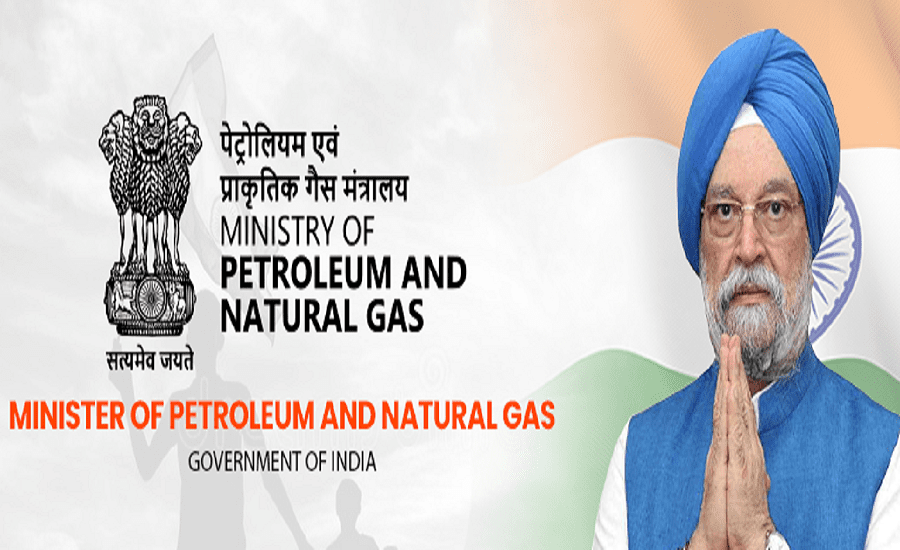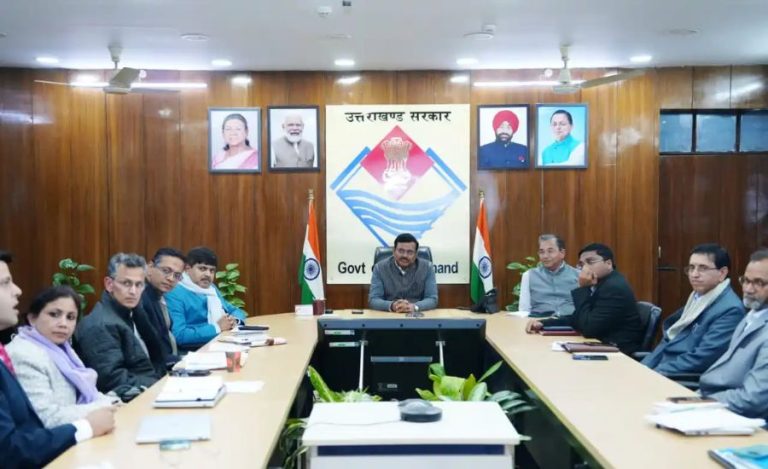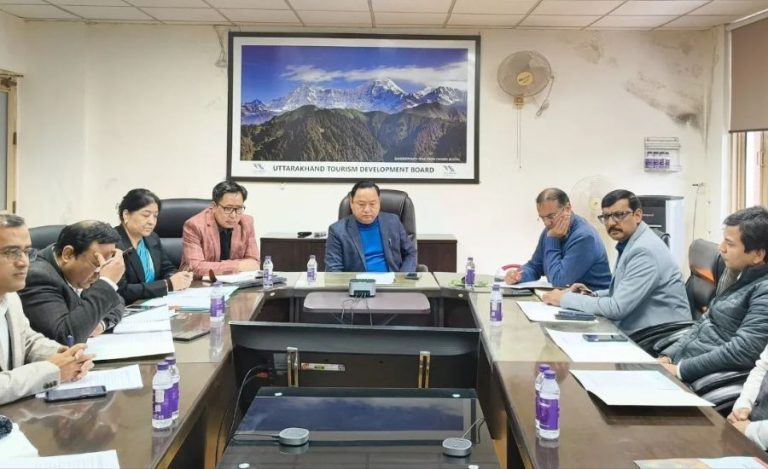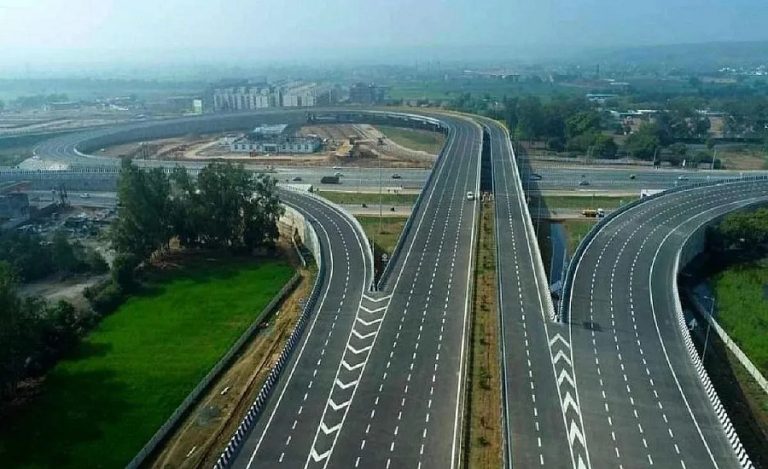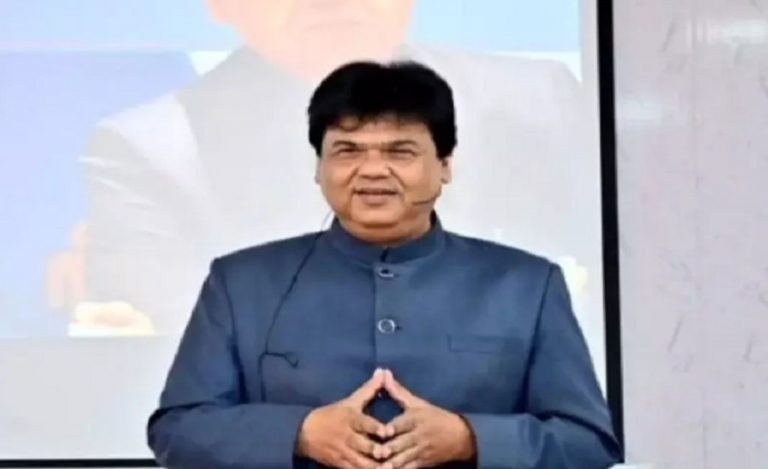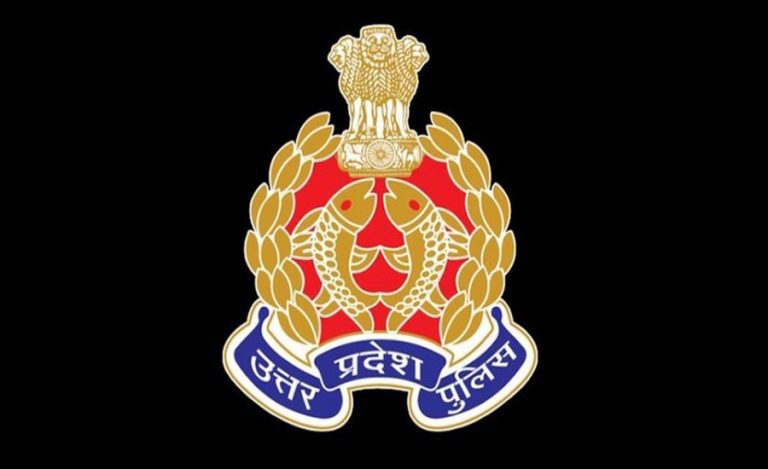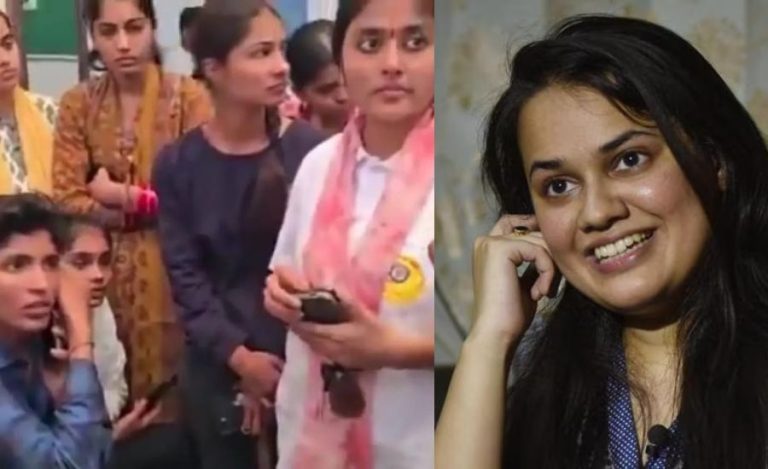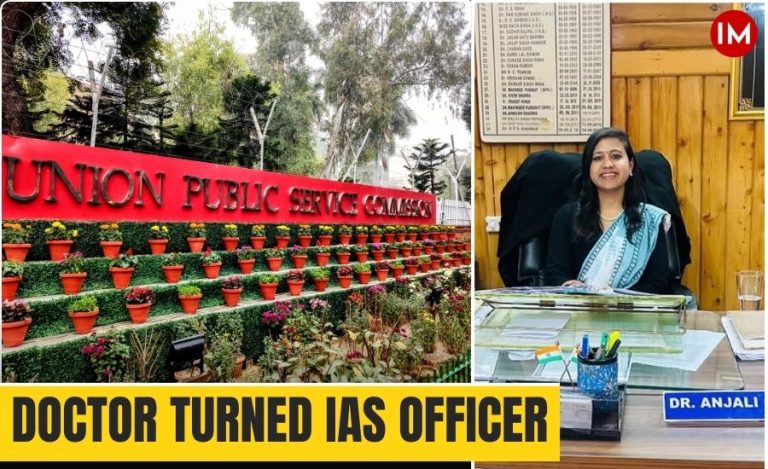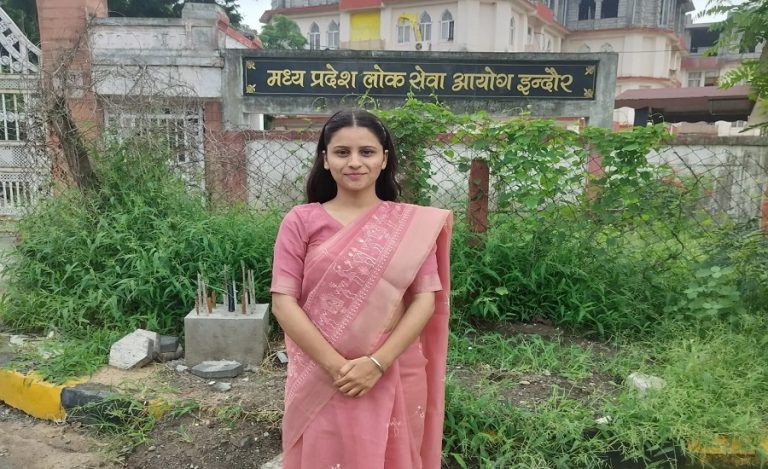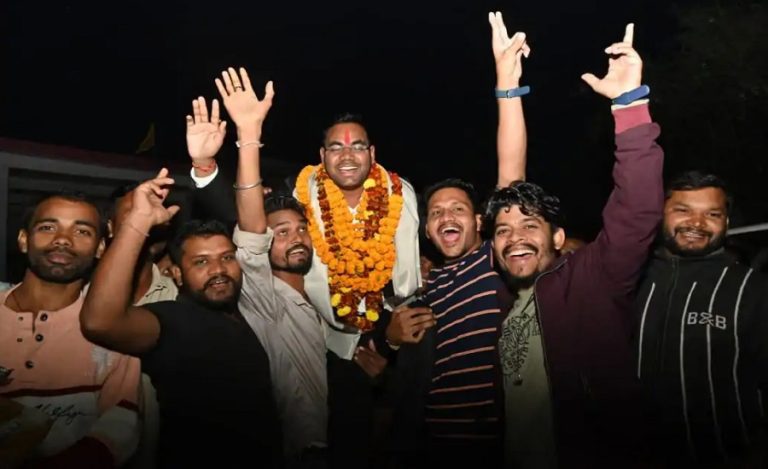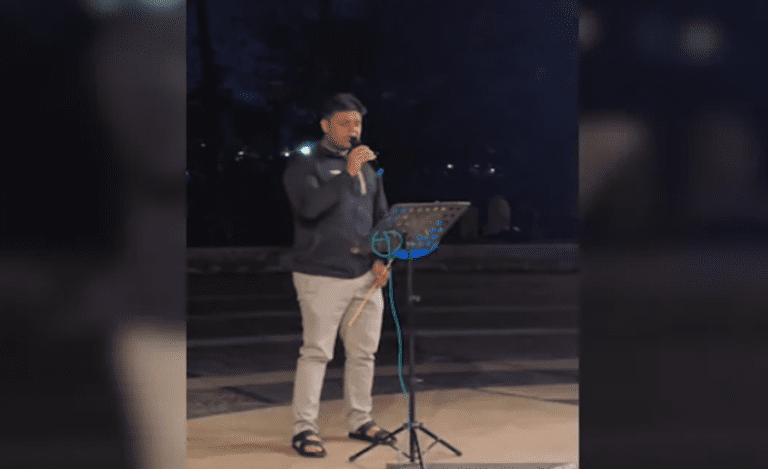The Ministry of Petroleum and Natural Gas has proposed a new policy for the allocation of kerosene oil to states and Union Territories (UTs). A draft of the policy was released on April 7, with the Ministry seeking stakeholder feedback within 15 days. The proposal comes in the wake of declining kerosene demand, as the government has been actively replacing it with cleaner fuel alternatives.
Also Read: Manpower Crisis Hits India’s Aviation Regulators, Nearly Half the Posts Vacant
According to the draft policy, 20 States and UTs may not require kerosene oil allocations anymore due to reduced consumption. The existing policy divides kerosene allocation into two categories:
- Public Distribution System (PDS) Subsidized Kerosene for cooking and lighting.
- Non-Subsidized Kerosene for specific uses like fisheries, fairs, exhibitions, and emergencies.
However, with the progressive reduction of subsidies since 2016 and the price linkage to international oil rates since 2020, the Ministry believes that a unified allocation system is more appropriate. Under the proposed policy, kerosene will now be allocated under a single category: “PDS SKO Allocation to States/UTs”, applicable for three financial years (2025-26 to 2027-28).
Key Provisions of the Proposed Policy:
- States/UTs will receive PDS SKO allocations based on the highest quantity lifted in the past three years.
- Allocations will continue on a quarterly basis, but states cannot carry forward unutilized allocations except in cases of natural calamities or emergencies.
- States will have flexibility in sub-allocating kerosene for cooking, lighting, or special needs like fisheries and public events based on their requirements.
- The policy will be reviewed after three years.
Decline in Kerosene Consumption
Kerosene has historically been used for cooking and lighting by ration card holders. However, with the government’s push for LPG through the Pradhan Mantri Ujjwala Yojana (PMUY), kerosene consumption has dropped significantly. According to the Petroleum Planning and Analysis Cell (PPAC), consumption has declined by about 77% between 2021-22 and 2023-24.
The 20 States and UTs identified as not requiring regular annual kerosene allocations include:
- Andaman and Nicobar Islands, Andhra Pradesh, Chandigarh, Dadra and Nagar Haveli and Daman and Diu, Delhi, Goa, Gujarat, Haryana, Himachal Pradesh, Jammu & Kashmir, Ladakh, Lakshadweep, Madhya Pradesh, Nagaland, Puducherry, Punjab, Rajasthan, Telangana, Uttar Pradesh, and Uttarakhand.
The proposed policy aligns with the government’s vision of reducing dependence on polluting fuels while ensuring that states continue to have access to kerosene for essential purposes.
Also Read: Dr Poonam Gupta Appointed Deputy Governor of Reserve Bank of India

